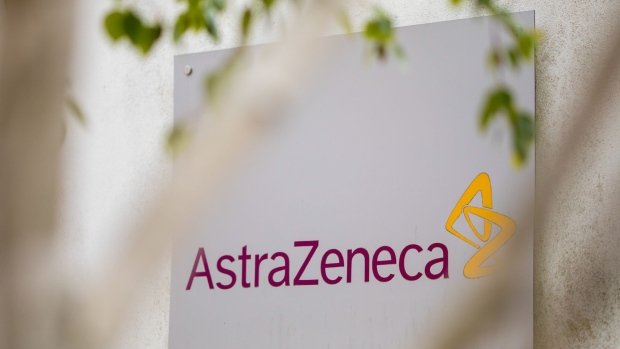Nov 24, 2020
Astra vaccine's 90% efficacy in COVID came in younger population
, Bloomberg News

The dose of AstraZeneca Plc’s Covid vaccine that showed the highest level of effectiveness was tested in a younger population than a bigger dose that showed less efficacy, according to the head of the U.S. Operation Warp Speed program.
The vaccine being developed with Oxford University was 90 per cent effective when a half-dose was given before a full-dose booster, the partners said on Monday. However, that regime was administered to participants in a group whose age was capped at 55, Warp Speed’s Moncef Slaoui said Tuesday in a phone call with reporters.
Researchers have been puzzling about the AstraZeneca report since it was released, wondering why a smaller dose of the vaccine might have appeared to be more effective. Most of the people in the trial received two full doses or a placebo. The regimen of two full doses regimen was 62 per cent effective. That group included people who were older than 55, Slaoui said.
AstraZeneca reiterated that the data will be published in a peer-reviewed journal in due course.
There was no age breakdown given for the two groups from AstraZeneca when the company reported its results on Monday. The initial half-dose was used in some people because of an error in the quantity of vaccine put into some vials, Slaoui said.
“There are a number of variables that we need to understand, and what has been the role of each one of them in achieving the difference in efficacy,” Slaoui said.

